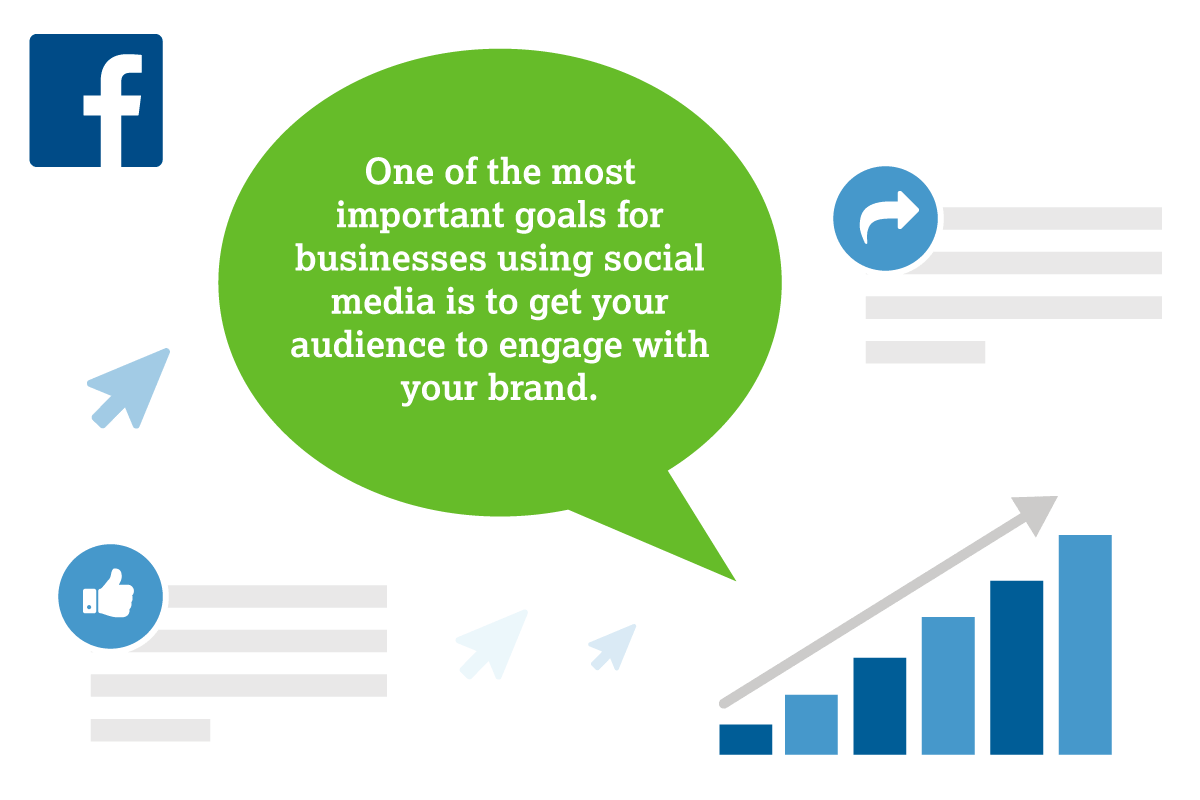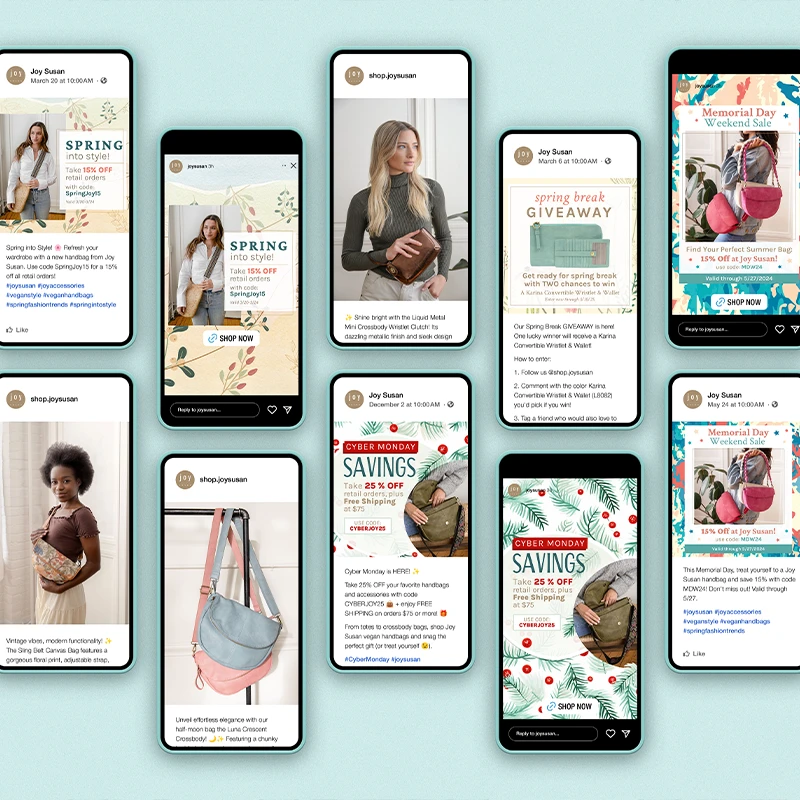Facebook Metrics and What They Really Mean for Your Business

How do you know whether your Facebook marketing efforts are successful? Measure. But there are so many different metrics—how do you know which ones to watch?
Here are some of key metrics for Facebook, what they mean, how important they are, and how you can use them to determine whether your Facebook marketing efforts are effective.
- Likes: When someone likes your Facebook business page, they become a fan—they are showing public support for your business and may be open to seeing content from you. (People who like your page automatically opt-in to being a follower of your page as well, see below.) Having a lot of likes on your page may seem impressive, but many people visit a page, click “like,” then never return. They can also choose to unfollow your page while still appearing as a like, which means they will stop receiving your posts in their feed. So when looking at your total number of likes, you have no idea how engaged those people still are, or if they even see your content, which is why likes are often called a “vanity” metric—they give you bragging rights but don’t necessarily measure success.

- Audience growth rate: A better way to measure likes is to find out how fast your fan base is growing; there’s a big difference between a page that has accumulated 1,000 likes over a year and one that racked up 1,000 likes in a single month. To find your audience growth rate, choose a time period to track, find the number of new followers in that period, divide that number by your total audience and multiply by 100 for your growth rate percentage.
- Follows: Follows are a more valuable metric than likes. When someone chooses to follow your Facebook Business Page, your posts will appear in their News Feed. Followers can either be people who liked your page and were made followers automatically, or those who opted to follow your page without liking it. Either way, your followers are interested in seeing the content you post on your page.
- Mentions: Mentions occur when someone enters “@” then the name of your company or page in a post or comment. Once they begin typing the name, a drop-down list of options will appear. If they select your company’s name from the list of suggestions, Facebook creates a link to your page. Mentions show that people are aware of your brand, and are talking about your company, products, or services. To see recent mentions for your brand, simply type the name of your company into the Facebook search box. Several third-party social media management systems let you track your mentions on multiple social media platforms.
- Shares: People can repost your Facebook content on their own pages by clicking the “share” button under the post. You might assume that people are sharing your posts because they find them interesting, but while that’s true in theory, it’s not a foolproof measure of how well your content resonates with your audience. In fact, a study by Columbia University found that 59% of links shared on social media are never clicked, which means people are sharing things without reading them first.
- Reach: Reach tells you how many people have seen a post. You can use the raw number to see which posts are the most popular, or divide the reach of a single post by your entire audience and multiply by 100 to see your post reach percentage.
- Impressions: Impressions indicate the number of times a post has been displayed on someone’s screen, though it does not tell you whether anyone actually engaged with the post, or even if they saw it. A single post can get multiple impressions from the same person if the post appeared in different forms, such as in the News Feed and as a share from a friend, which means that sometimes a post's number of impressions can be higher than the number of page followers.
- Comments: One of the most important goals for businesses using social media is to get your audience to engage with your brand. While a like is one way of engaging, it’s less significant than interactions that require more than just clicking a button. When people take the time to comment on your posts, they are showing that they care about your message and are engaged with your brand.
- Referrals: Referral traffic is the number of visitors your website gets from your Facebook page. A referral occurs when someone clicks any link anywhere on your Facebook page that takes them to your website, whether it’s a link in a post, the link to the website in your profile, or a link to your page from a post someone else shares about your company. This is an important metric because it tells you how many people are interested enough in your Facebook content to visit your website to learn more about your company.
- Engagement: Engagement is a catch-all term that includes all the ways in which someone might interact with your posts, including making a comment, clicking a link, sharing a post, or posting a reaction. Engagement is one of the most important Facebook metrics to track, because it shows the real connections you’re making with your audience. Also, Facebook prioritizes posts with high engagement and is more likely to show those posts to more of your followers.


